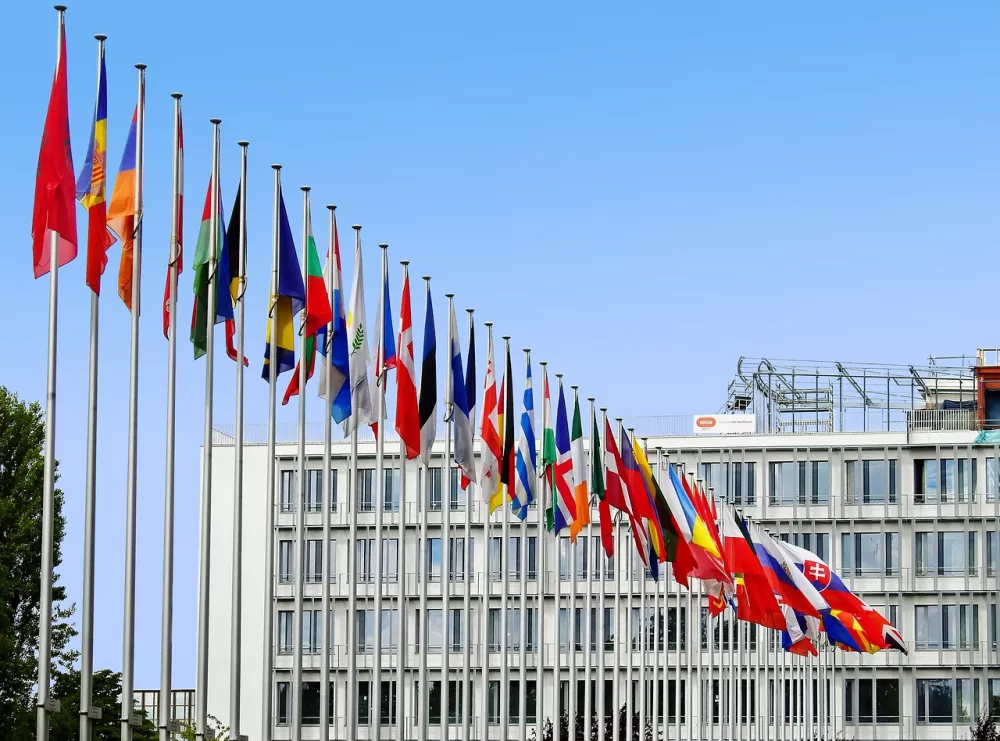Strasbourg guide 
The city where France meets Germany and history meets modernity invites you to an unforgettable visit! Located in the Alsace region, right on the border of the two countries, its charm lies in the perfect blend of cultures. Stroll along Grande Île, the historic center listed as a UNESCO World Heritage Site, where you will be enchanted by the narrow streets, charming canals and the majestic Notre-Dame de Strasbourg Cathedral. With the half-timbered houses and waterways of Petite France, you will feel like you are in a fairy tale.
Sights and attractions - What should you not miss in Strasbourg? The historic center with half-timbered houses, the modern architecture of the institutions of the European Union,...
Accommodation - Tips for pleasant and popular accommodation from a cheap hostel to a luxury hotel in the historic center of the city or do you want to stay in a castle?
Typical food and drink - What should you try in Strasbourg? Tarte flambée, Alsatian wines or beers,...
Practical tips - Here you will learn about local transport, customs, what language you will use to communicate here, etc.
Weather - When is the best time to visit Strasbourg? What temperatures and precipitation can you expect in each season?
Celebrities - What famous personalities lived and worked in Strasbourg?
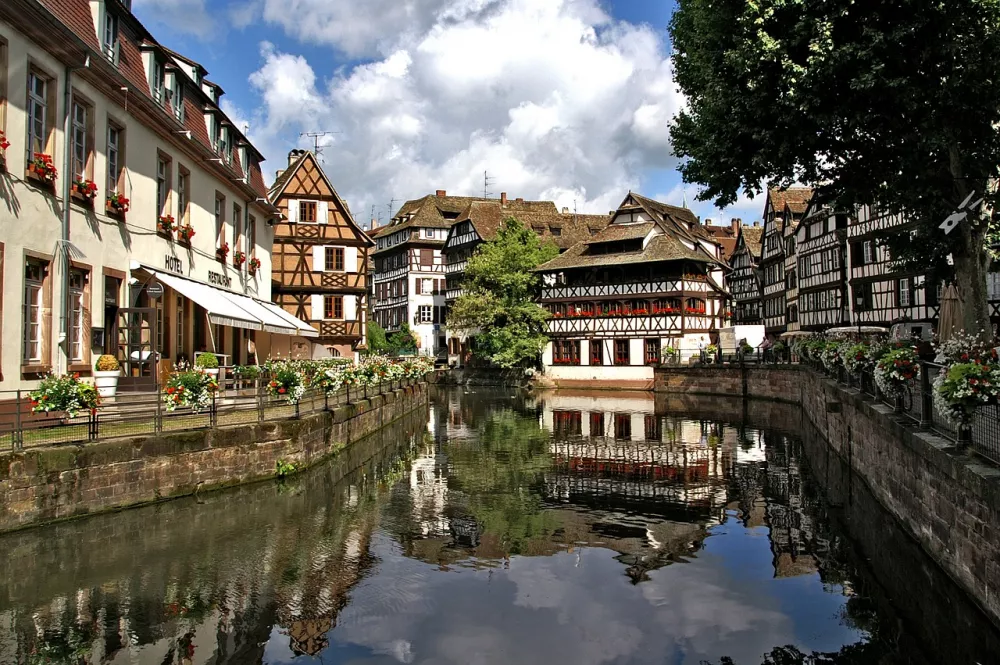
Strasbourg, the capital of the Alsace region, is located in eastern France. The European Parliament is located here. This beautiful historical city with rich culture, architecture and gastronomy is located on the Rhine River near the border with Germany. It has a strategic location as an important transport and business center. Almost 300,000 inhabitants live here.
Strasbourg has a rich history that dates back to Roman times – it was one of the capitals of the Holy Roman Empire. It was founded by Celtic tribes and later became an important center in Charles's empire. The city was historically important as a commercial and cultural center.
The old town of Strasbourg, full of picturesque medieval streets, historic houses and squares, was inscribed on the UNESCO World Heritage List in 1988. The dominant feature of the city is the Gothic Notre-Dame Cathedral, one of the most important cathedrals in France.
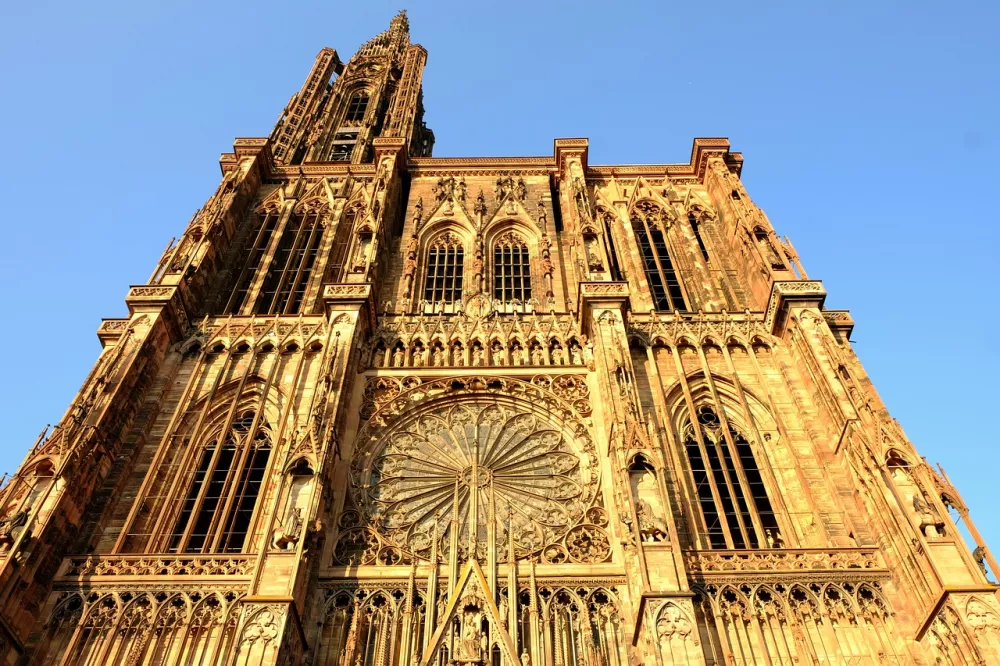
In Strasbourg, as well as in Brussels and Luxembourg, the European Parliament is located. Parliament meetings with politicians from all over Europe are held here every month. In addition to the Parliament, you will also find the European Court of Justice and the European Environmental Protection Agency here. This gives the city a significant role in the political and administrative life of the European Union.
Cultural events are often held here, including festivals, Christmas markets, concerts, theater performances and exhibitions. You will also find a number of museums in the city, including the Musée des Beaux-Arts.
The rich Alsatian cuisine combines French and German influences. Traditional Alsatian dishes include sauerkraut, baeckeoffe (roasted beef with potatoes and vegetables) and tarte flambée (flammkuchen), a thin flatbread similar to pizza.
Strasbourg has a well-functioning public transport system, including trams and buses, making it easy to get around the city and its surroundings. The city is easily accessible by train from other parts of France and from various parts of Europe.
Sights and attractions
Notre-Dame Cathedral - A Gothic cathedral and icon of the city. It is one of the most famous cathedrals in France. Its imposing tower and ornate facades attract visitors from all over the world. You can also enjoy beautiful views of the city from the cathedral. Did you know that from 1647 to 1874, the cathedral was the tallest building in the world?! Its tower measures an incredible 142 meters. That is a height that would make many a skyscraper blush with envy today - and all without an elevator!
Address: Place de la Cathédrale, Strasbourg.
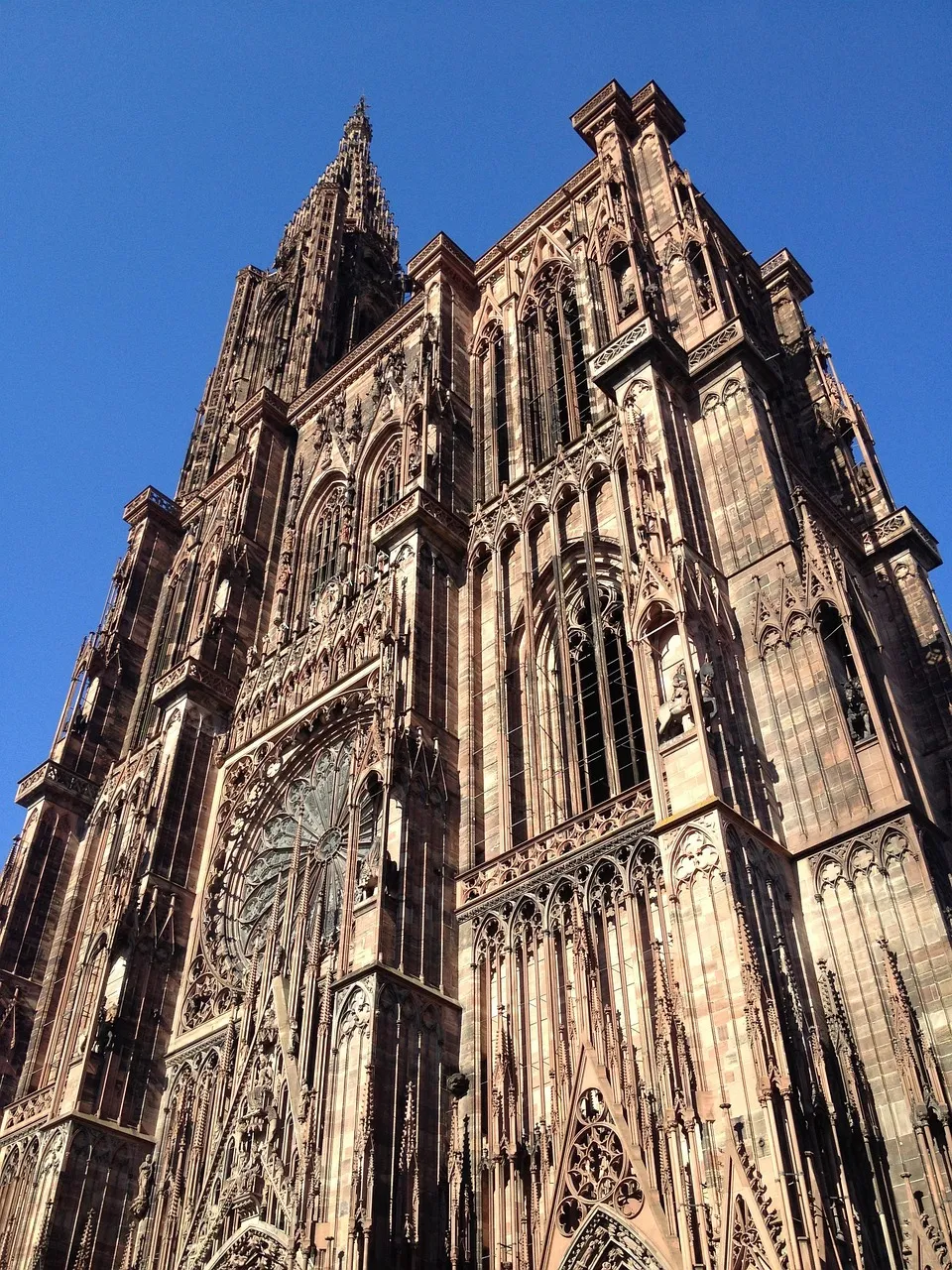
La Petite France - A picturesque historic district full of narrow winding streets, picturesque houses and canals. It is great for walking and exploring traditional Alsatian architecture. Notable landmarks include the old town hall, the Stone Bridge (Ponts Couverts) and the Maison Kammerzell, one of the oldest houses in the city. If you also want to feel like you are in a fairy tale for a while, then you have come to the right address. :)
Address: La Petite France, Strasbourg.
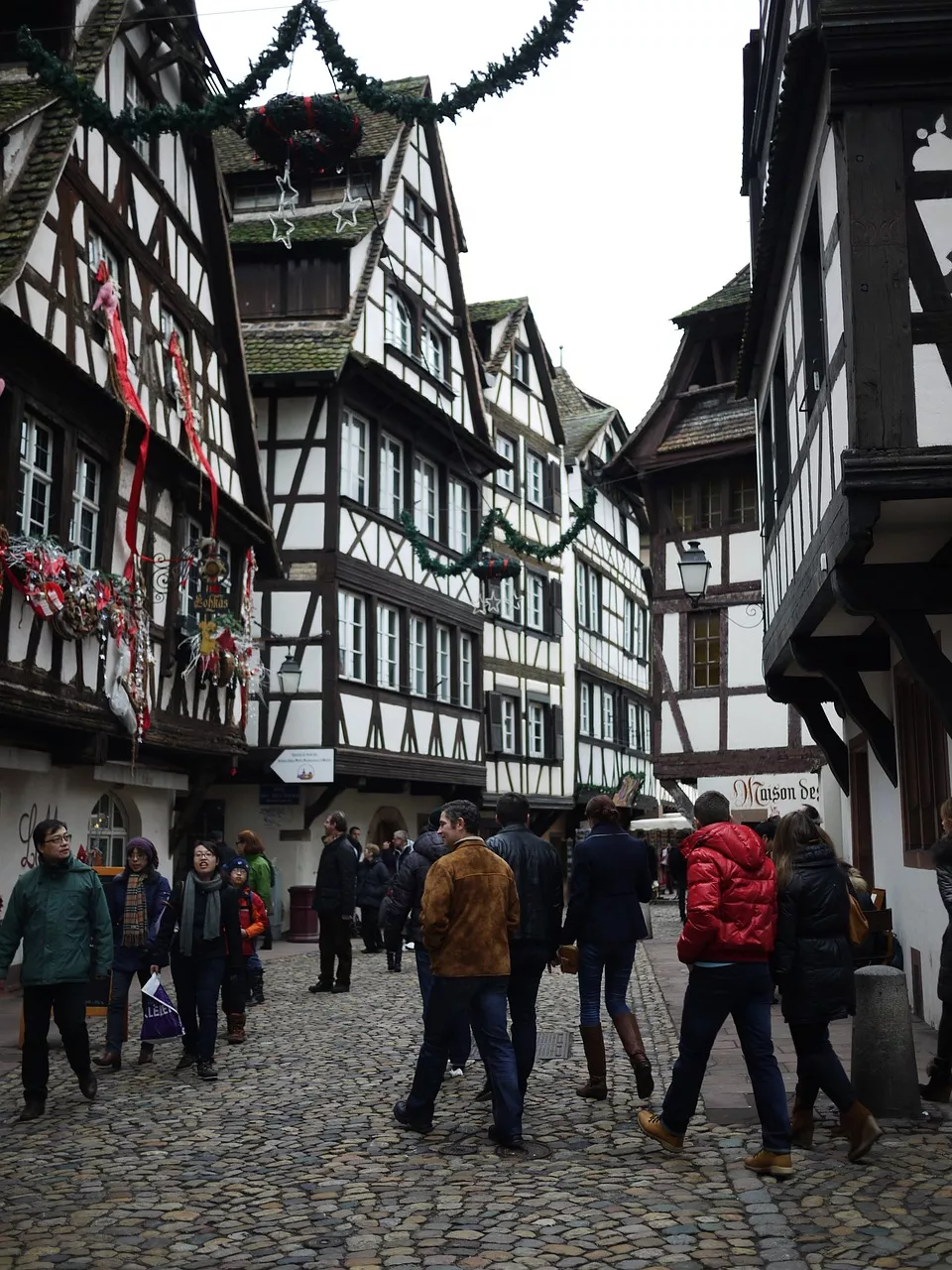
Rohan Palace - This Baroque palace served as the residence of bishops and now houses three major museums: the Musée des Beaux-Arts (Museum of Fine Arts), the Musée Archéologique (Archaeological Museum) and the Musée des Arts Décoratifs (Museum of Decorative Arts). This luxurious palace has hosted VIP guests that would make today’s hotels jealous – including Louis XV, Marie Antoinette, Napoleon and Josephine, and Charles X. The palace was a must-see for anyone who made a difference in Europe.
Address: 2, place du Château, Strasbourg.
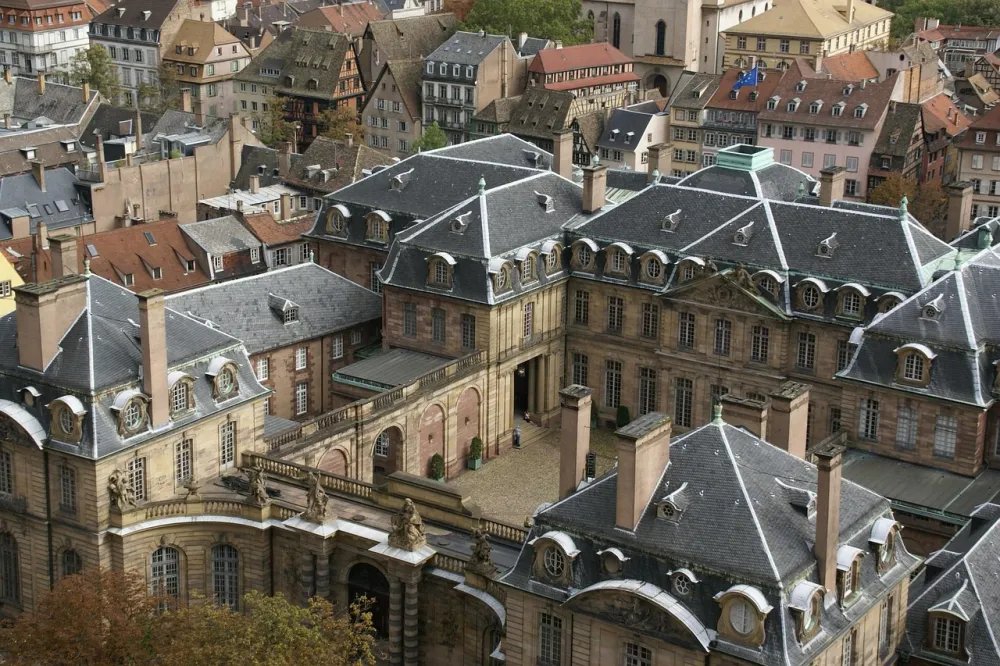
European Parliament - If you are interested in European politics, you can visit the European Parliament building. Many visitors also choose to take a guided tour, which gives them an overview of the functioning of the European institutions. The Parliament building, named after Louise Weiss, looks deliberately unfinished from one side. The architects wanted to remind us that the European project is still a “work in progress” and will never be completely finished.
Address: 1 Avenue du Président Robert Schuman, Strasbourg.
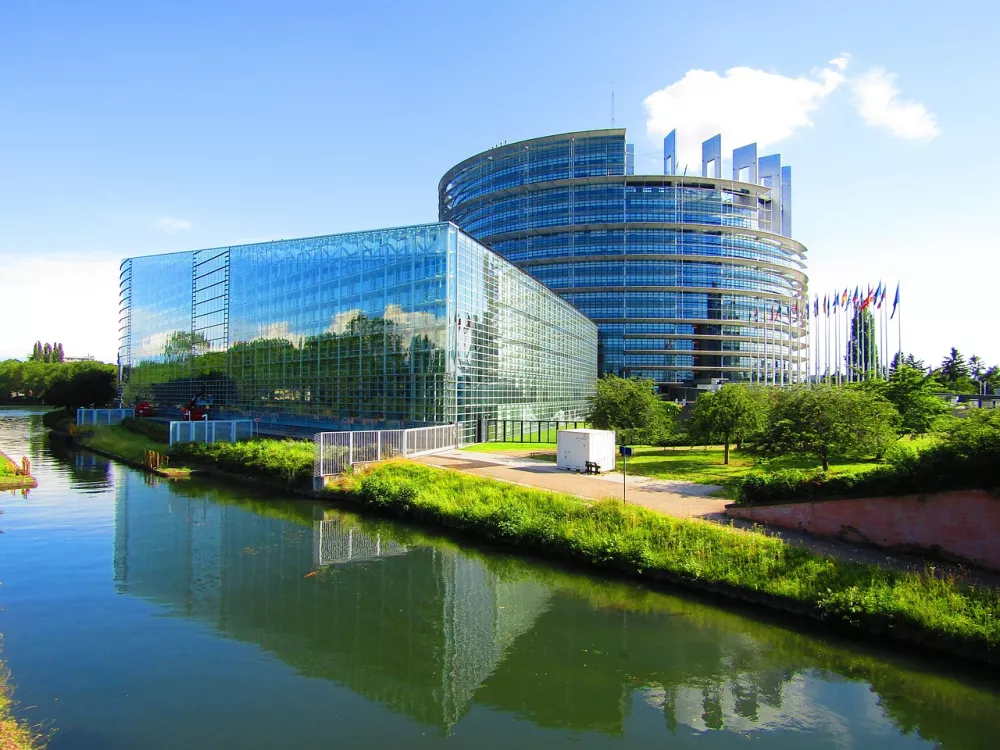
Vauban Dam - A historic fortress, bridge, dam and gallery in one. The late 17th-century structure was designed by the famous military engineer Vauban and worked as a defensive marvel: when the enemy approached, all it took was closing 13 arches and the entire southern suburbs of Strasbourg would be flooded faster than you could say “flood!” This “water trap” was actually used in 1870 during the Franco-Prussian War – and the enemy was unlucky because instead of entering the city, they ended up in the lake. On the roof of the dam you will find a panoramic terrace from where you can see not only the fairytale Petite France district, but also the cathedral and the famous covered bridges.
Address: Place du Quartier Blanc, Strasbourg.
Covered Bridges - These three bridges with four towers were built in the 13th century to protect the city from uninvited visitors. They originally had wooden roofs to protect the defenders from rain, arrows and any hangovers from the city's festivities. Although the roofs disappeared in 1784, the name "Covered Bridges" remained.
Address: Ponts Couverts, Strasbourg.
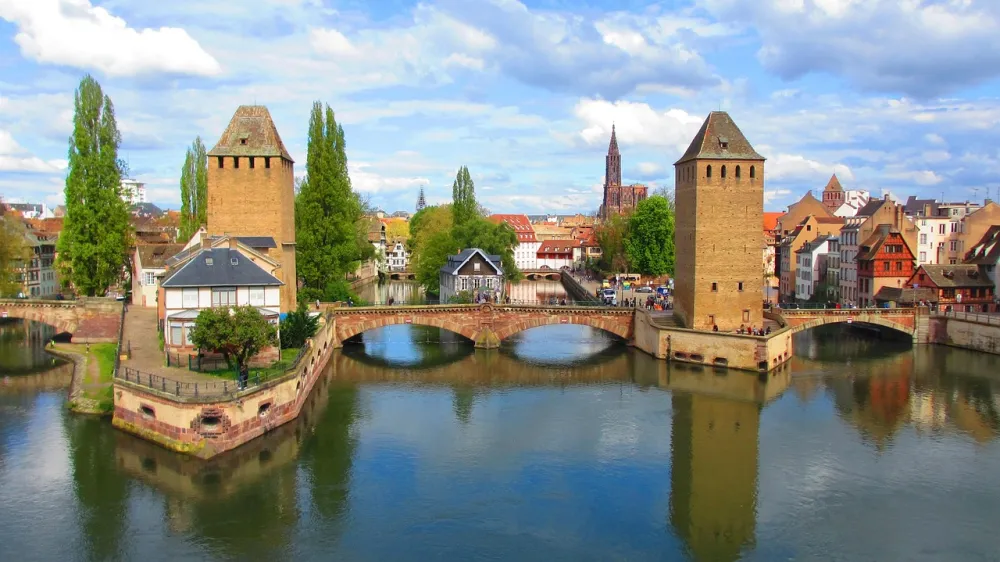
Botanical Garden - One of the oldest botanical gardens in France, it was founded in 1619 as a teaching aid for the city's academy. Here you can admire around 6,000 species of plants from all over the world, from beach palms to giant sequoias, rare pecan trees and swamp cypresses. Good news - admission is free. :)
Address: 28 rue Goethe, Strasbourg.
Accommodations
In Strasbourg, you can choose from almost 800 accommodation capacities, from luxury hotels where important politicians stay, to increasingly popular apartments, quality 3 and 4* hotels, guest houses and cheap hostels.
Popular luxury hotels include, for example, the Hotel & Spa Regent Petite France, located in the historic Petite France district in a 17th-century mill building. There is also a restaurant and a wellness center with a sauna, hot tub and massages. Bubble lovers can choose from 20 types of champagne in the local Champagne bar.
The beautiful 4* Hotel Cour du Corbeau Strasbourg – MGallery, furnished in a historical style, can also be found in the historic center in a building from the 16th century. You can relax in the bar or on the terrace. The reception is open 24 hours a day and the whole building is also suitable for wheelchair users.
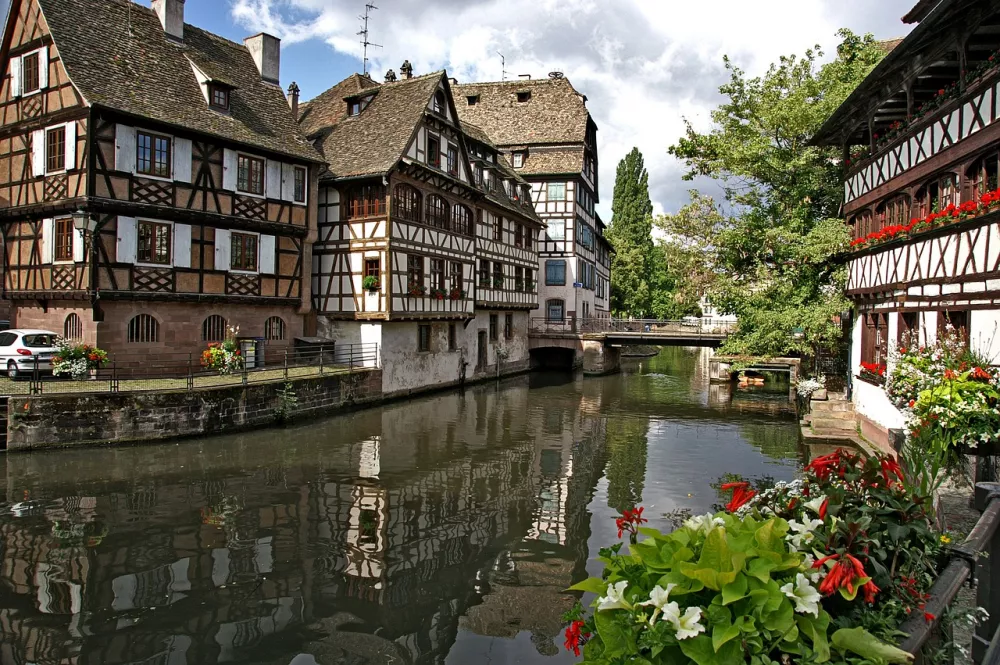
If you want to enjoy the comfort of modernly furnished rooms in a castle, then the 3* Château de Pourtalès will be right for you. The castle is located in a large garden about 4 km from the city center. In the past, famous musicians, poets and philosophers lived here. You can relax here in the wellness center with Finnish sauna or in the surrounding parks and gardens.
For example, La Petite Auberge de Strasbourg offers cheaper accommodation in the city center. You can stay here in a shared room, in a larger or smaller apartment. In the apartments you will find a kitchen. A shared lounge, concierge service and luggage storage are available to all guests.
Hostel The People – Strasbourg is located near the city center. It offers accommodation in mixed and private rooms. In the hostel you will find a restaurant, a bar, a lounge and a terrace. In this hostel they organize evening entertainment for guests.
For a complete offer of accommodation in Strasbourg, we recommend using A-HOTEL.com or Booking.com.
Typical food and drink
In Alsace, and thus also in Strasbourg, you will find a unique combination of French and German cuisine:
Tarte Flambée (Flammekueche) - This traditional Alsatian delicacy is similar to pizza but with a thin crust and is usually served with onions, bacon and cream. Suitable for a light dinner or snack.
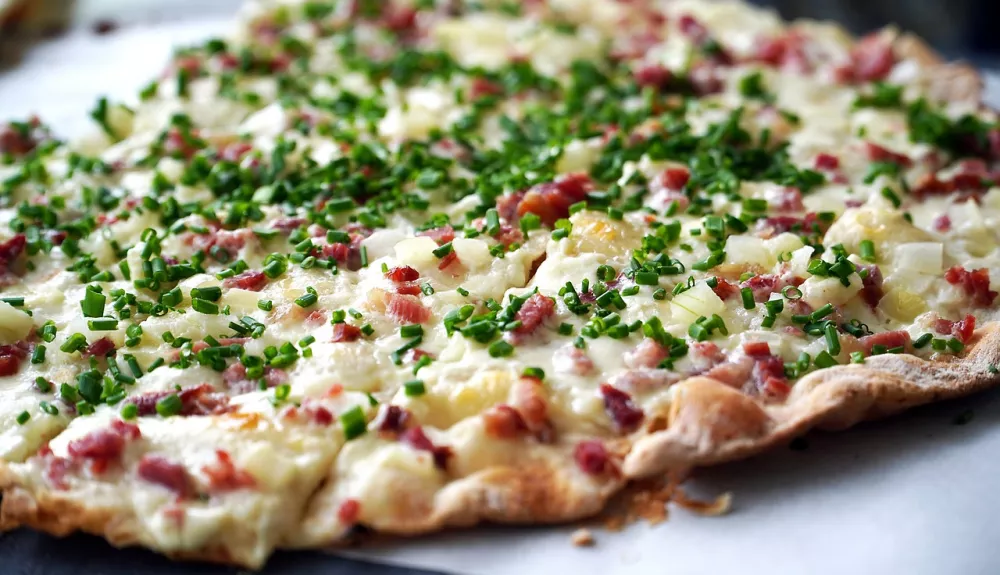
Choucrote garnie - This is the Alsatian version of sauerkraut. Cabbage is prepared with sausages, pork, sausages and often with potatoes. This dish is richly seasoned and full of flavor.
Baeckeoffe or Alsatian Pot - Another local traditional dish is made with stewed meat and potatoes. It is cooked together with spices and white wine. This hearty and warm dish, ideal for colder days, is mainly prepared in winter.
Alsace Wine – The Alsace region is also famous for excellent wines, especially white varieties such as Riesling, Gewürztraminer and Pinot Blanc. When visiting Strasbourg, be sure to enjoy a glass of local wine.
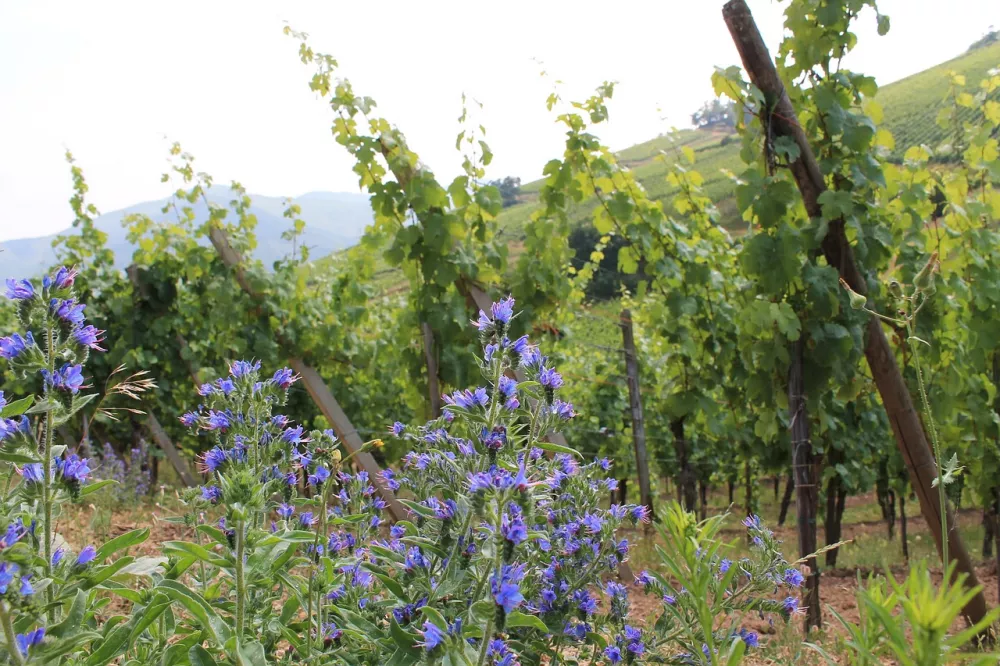
Alsatian Beer – Alsace is home to many excellent breweries. Among the most famous are Fischer, Kronenbourg and Meteor. Try the local beer, which you can request in one of the many pubs in Strasbourg.
Practical tips
You can save on entrance fees if you buy tickets online in advance or buy combined tickets for several attractions, for example in Rohan Palace.
Strasbourg has a well-functioning public transport system that includes 6 tram lines and buses. If you plan to travel around the city, consider purchasing a public transport pass.
Explore the historic city center on foot. Many streets and squares can only be reached on foot, and a walk along them will allow you to discover the hidden pearls of the city.
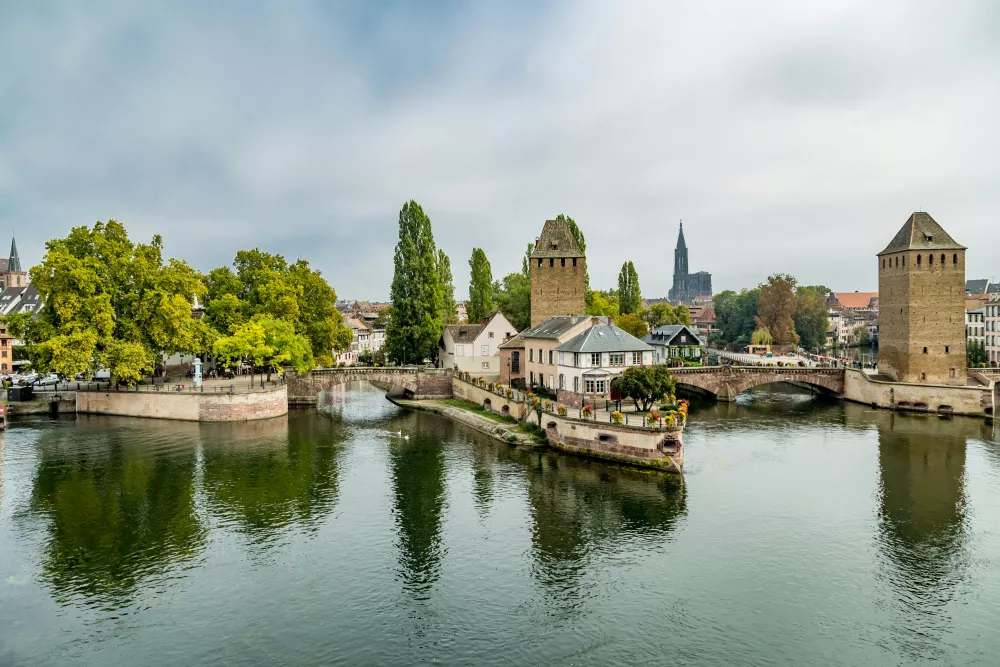
Don't forget to try local culinary specialties such as tarte flambée and Alsatian wine in one of the local restaurants or cafés.
Both French and German are spoken in Alsace. Most of the population speaks both languages fluently.
Some sights, like Notre-Dame Cathedral, can be very busy at certain times of the day. Try to plan your visit to minimize the wait.
Weather
Strasbourg has a continental climate, which means that there is a fairly significant difference between summer and winter temperatures.
During the summer months, the average maximum temperatures are around 25-28 °C, but they can also reach higher values. Night temperatures usually drop to 15-18 °C. It rains often.
The autumn months in Strasbourg are mild and wet. Average maximum temperatures decrease to 15-18 °C and night temperatures drop to 5-8 °C. Precipitation can be intense.
In the cold and wet winter months, average maximum temperatures are around 3-6 °C and night temperatures drop slightly below zero. It snows quite often here.
The spring months in Strasbourg are mild and usually wet. Temperatures gradually rise, with average maximum temperatures around 10-15 °C in March and 15-20 °C in May. It can often rain in spring.
So when visiting Strasbourg you can expect relatively warm summers and cool winters, with significant rainfall throughout the year. Visitors should take seasonal changes into account when planning their trip to Strasbourg and adapt their clothing and plans to current weather conditions.
Celebrities
Johannes Gutenberg (1397/1400- 1468) - German inventor of mechanical letterpress and printer. He lived in Strasbourg for a long time. His invention of printing with movable cast iron letters had a revolutionary effect on the dissemination of information and the development of letterpress.
Johann Wolfgang Goethe (1749 - 1832) - German poet, playwright, politician. He studied law in Strasbourg.
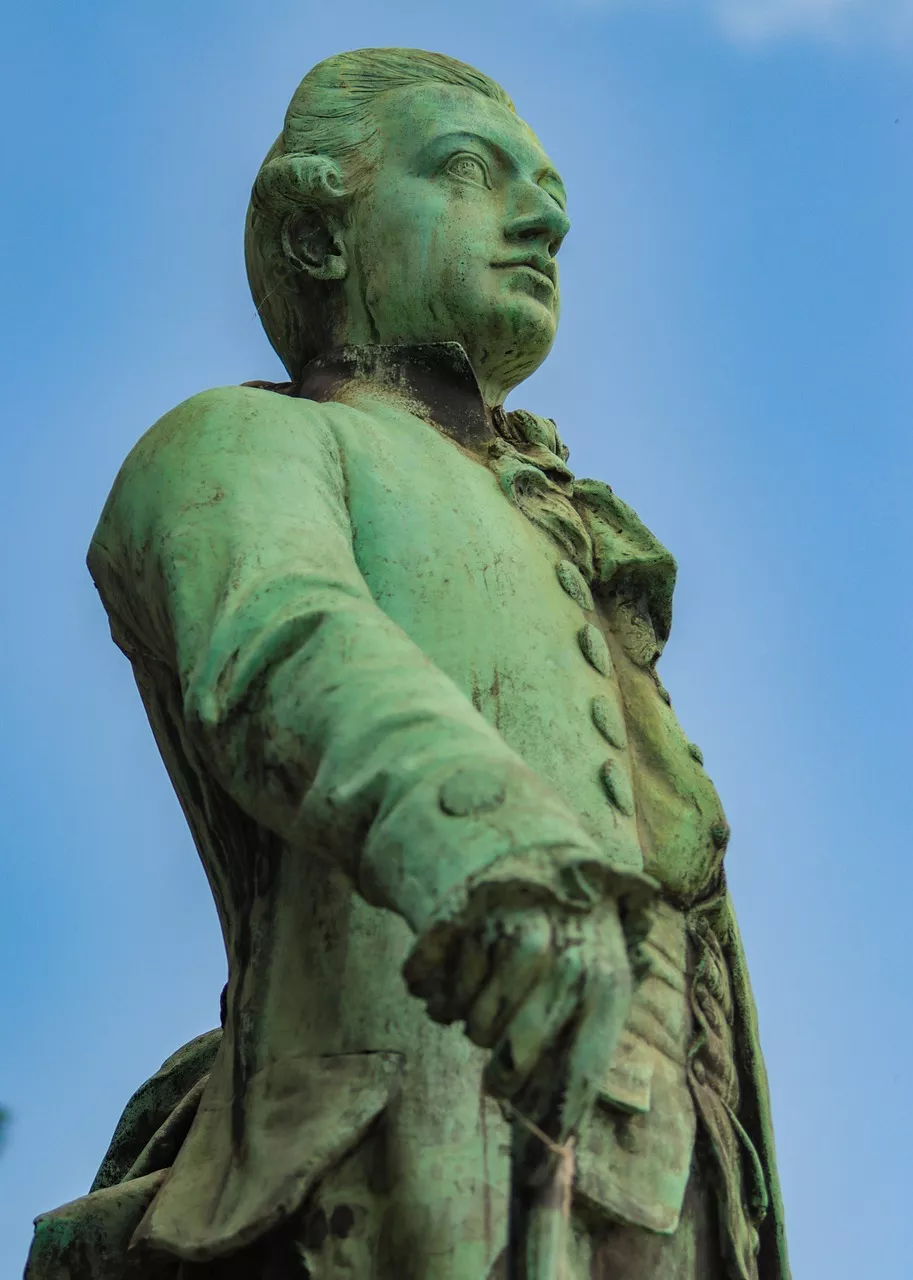
Jacques-Louis David (1748 – 1825) - French painter, one of the leading representatives of neoclassicism. His works include paintings such as "The Assassination of Marat" and "The Coronation of Napoleon".
Louise Weiss (1893 – 1983) - French journalist, writer and politician. They named the main building of the European Parliament in Strasbourg Bâtiment Louise-Weiss after her. She was one of the first women elected to the European Parliament and played an important role in European politics and diplomacy.
Albert Schweitzer (1875 – 1965) - German physician, philosopher, missionary and humanitarian. He was born near Strasbourg. He is known for his work in tropical Africa and the establishment of a hospital in Lambarene, Gabon. In 1952 he received the Nobel Peace Prize.
Tomi Ungerer (1931 – 2019) - Famous French illustrator, cartoonist and writer. He was born in Strasbourg. His works include books such as "Trois brigands" (Three robbers).
Émile Durkheim (1858 – 1917) - French sociologist born near Strasbourg, one of the pioneers of sociology as a scientific discipline. His work had a profound influence on sociological theory and methodology.
